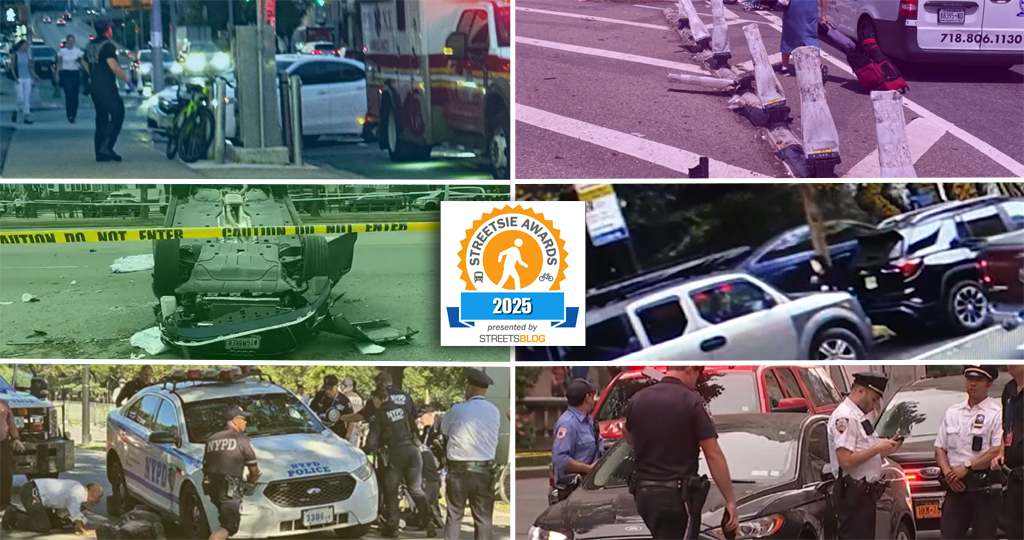Motor vehicle crashes caused 28 percent of all deaths among people 24 and under in the United States in 2006. In 2009, nearly 34,000 people died on America's roads, and that was considered a big improvement over previous years. More and more, it seems, Americans are wondering why our country is so far behind on creating safe transportation systems.
According to a new report, Achieving Traffic Safety Goals in the United States: Lessons from Other Nations, by the nongovernmental National Research Council:
Nearly every high-income country is reducing annual traffic fatalities and fatality rates faster than is the United States, and several countries where fatality rates per kilometer of travel were substantially higher than in the United States 15 years ago are now below the U.S. rate.
The report authors acknowledge that high-achieving countries attribute their own progress, in part, to road design, but that doesn’t make it into their own set of recommendations, which focus on management reforms, enforcement, and the building of political and public support for those changes.
Barbara McCann, director of the National Complete Streets Coalition, says that’s not enough. With current road design, she said, “the priority is put on speed and volume of travel, and that results in more deaths than if there were a higher priority put on safety in the actual road design.”
Safe road design, she says, includes “complete streets types of treatments that slow down traffic, which reduces deaths; they provide a place for people on foot and bicycles, which reduces deaths; and they reduce conflict points, which reduces deaths.”
McCann says it’s ironic that the report focuses so much on Europe but gives so little attention to the complete streets innovations that the Europeans themselves are paying so much attention to.
For example, the Dutch have turned away from building wide, flat streets that increase speeds in favor of roadways that prioritize the safety of cyclists and pedestrians. They call them "self-explaining streets." Meanwhile, the United States kept on building wide, straight "forgiving highways." The differences today are dramatic. In 1975, the Dutch traffic fatality rate was 20 percent higher than America's. Today, the U.S. fatality rate is two and half times higher than in the Netherlands.
Nor does the report mention traffic reduction as a way to increase safety, even though, as Ken Archer at Greater Greater Washington has described, cutting down on driving saves lives.
The NRC report does recommend automated speed checks (proven to be more effective at reducing speeds than random speed checks) [PDF] as well as greater enforcement for sobriety, helmet use, and seat belts.
But it asserts “the most critical area for improvement in the United States today may be in management and planning.” Report authors suggest that the USDOT and states work together to improve safety management, even possibly “an independent traffic safety evaluation and policy research organization to provide technical support and policy advice to government safety agencies and to reinforce accountability through performance evaluations.”
Stepped up speeding enforcement, sobriety checks, and improving traffic safety management will all help save lives. But to really attack our annual toll of 34,000 motor vehicle fatalities, the U.S. needs to design safer streets and reduce motor vehicle use.






